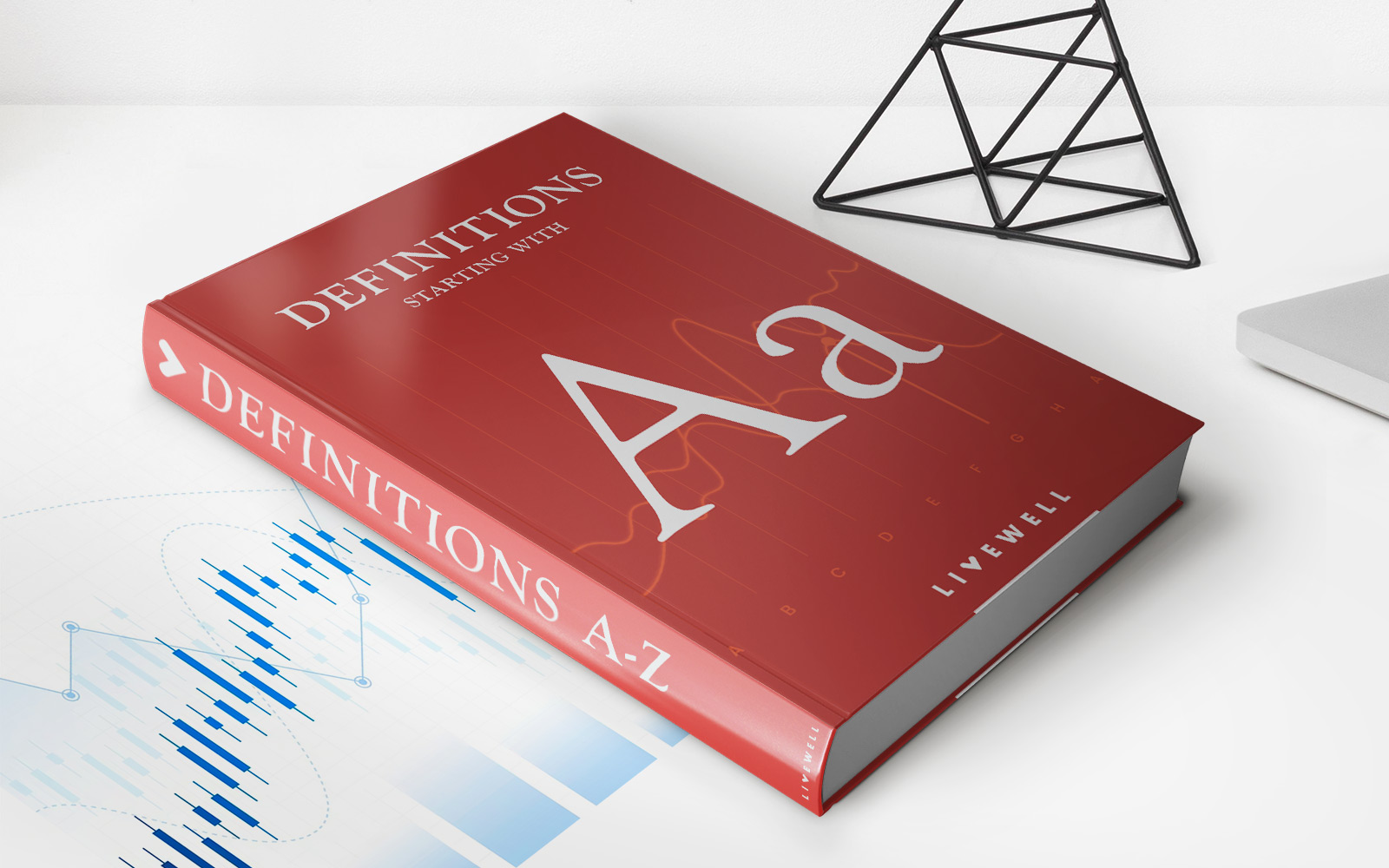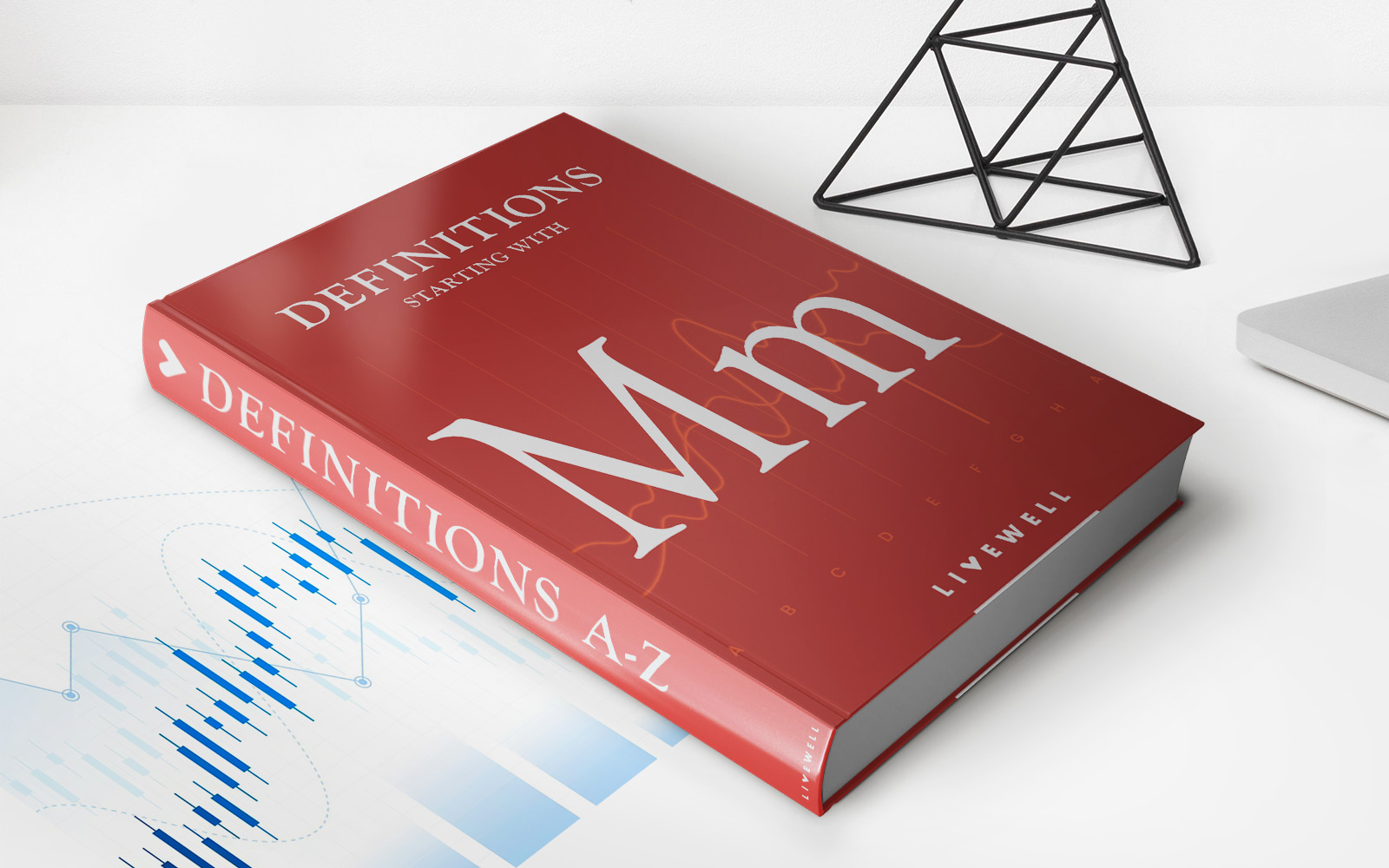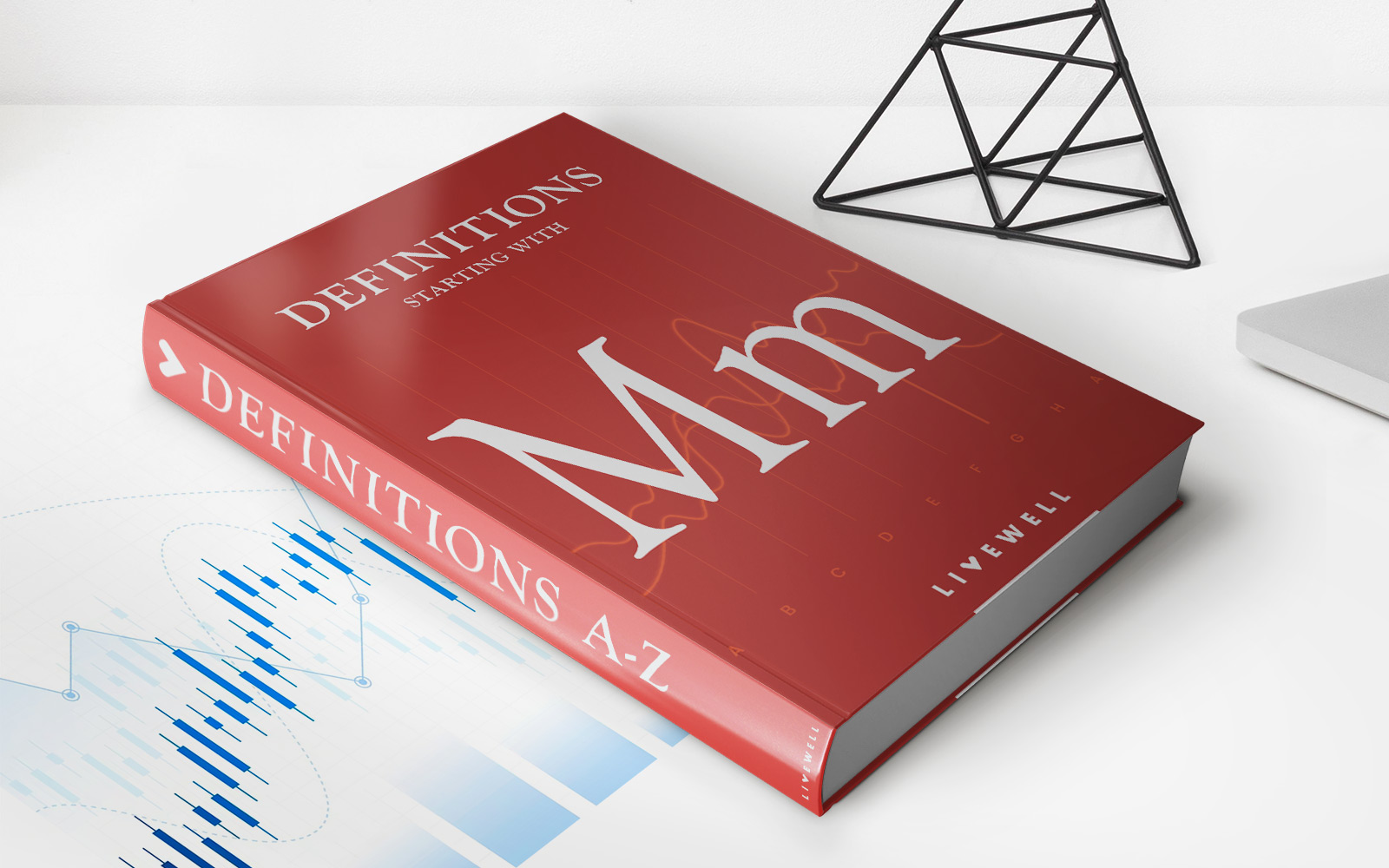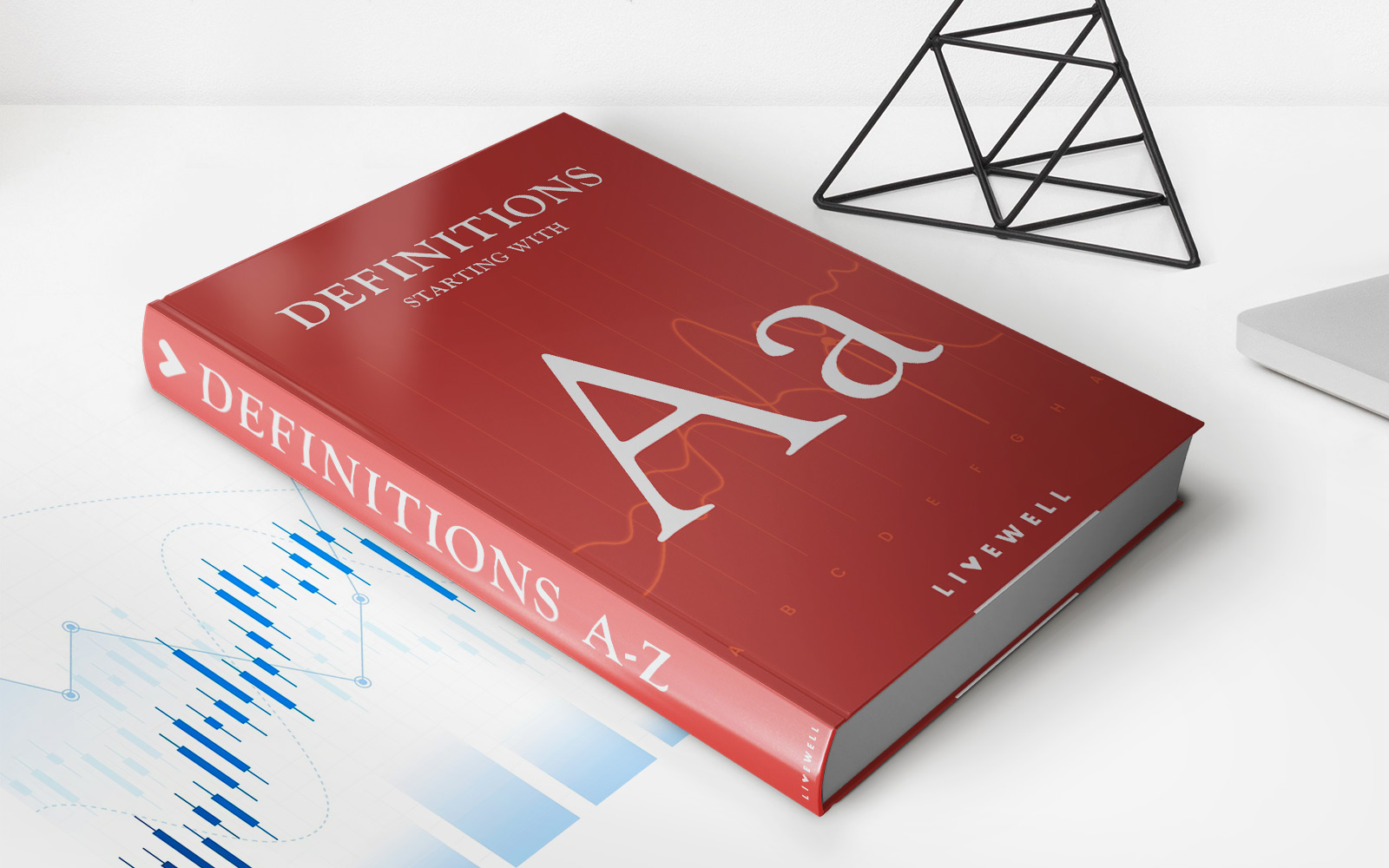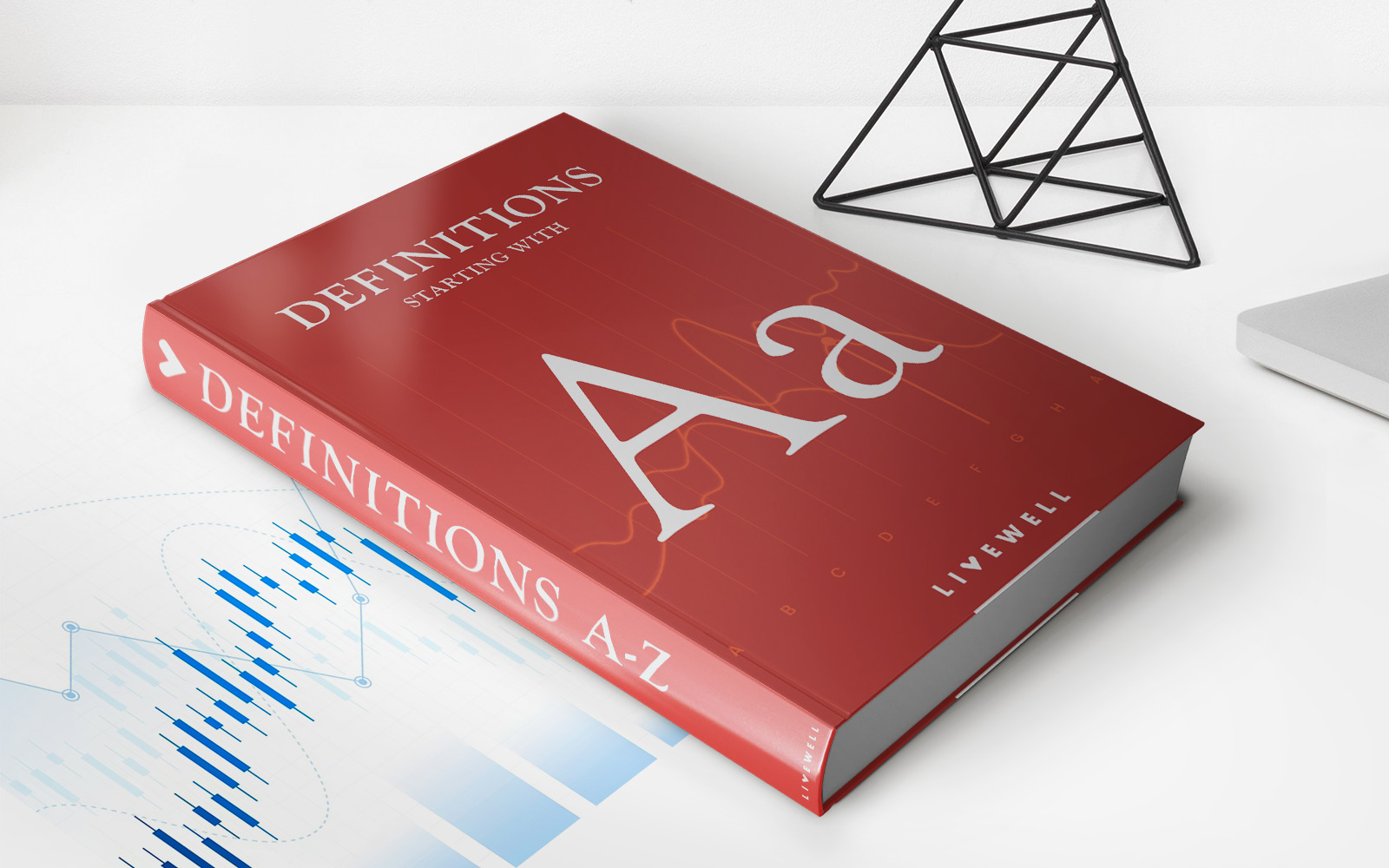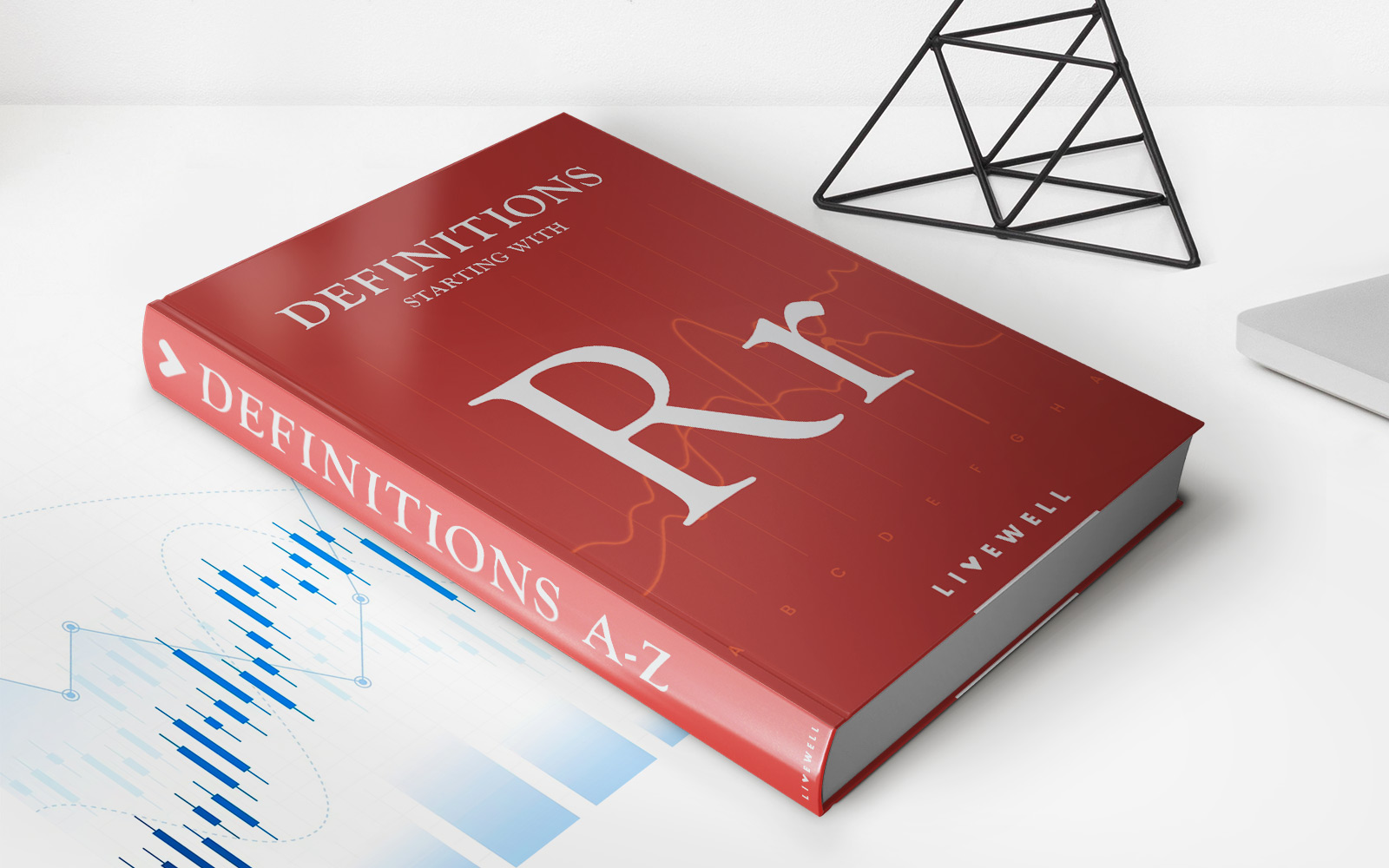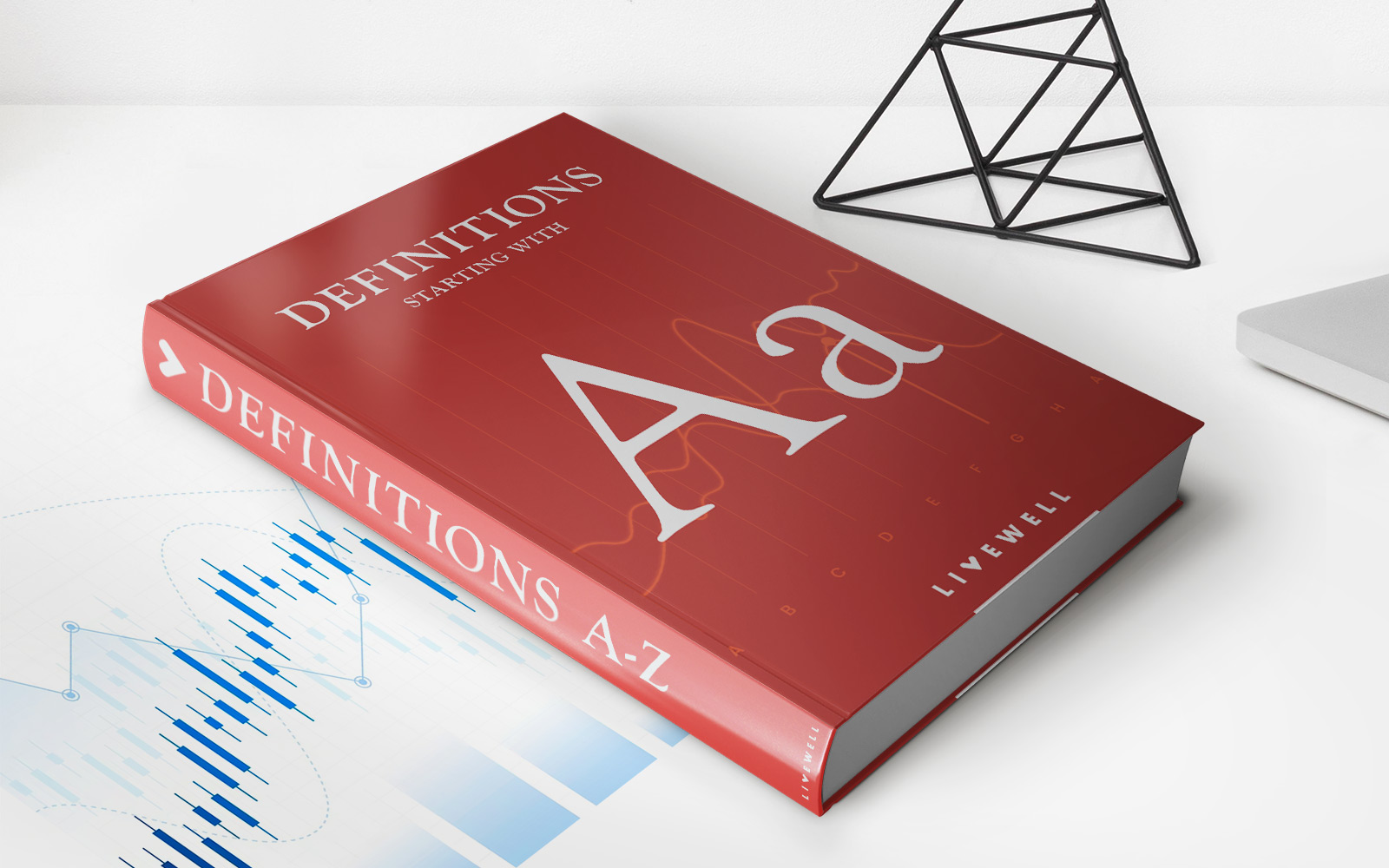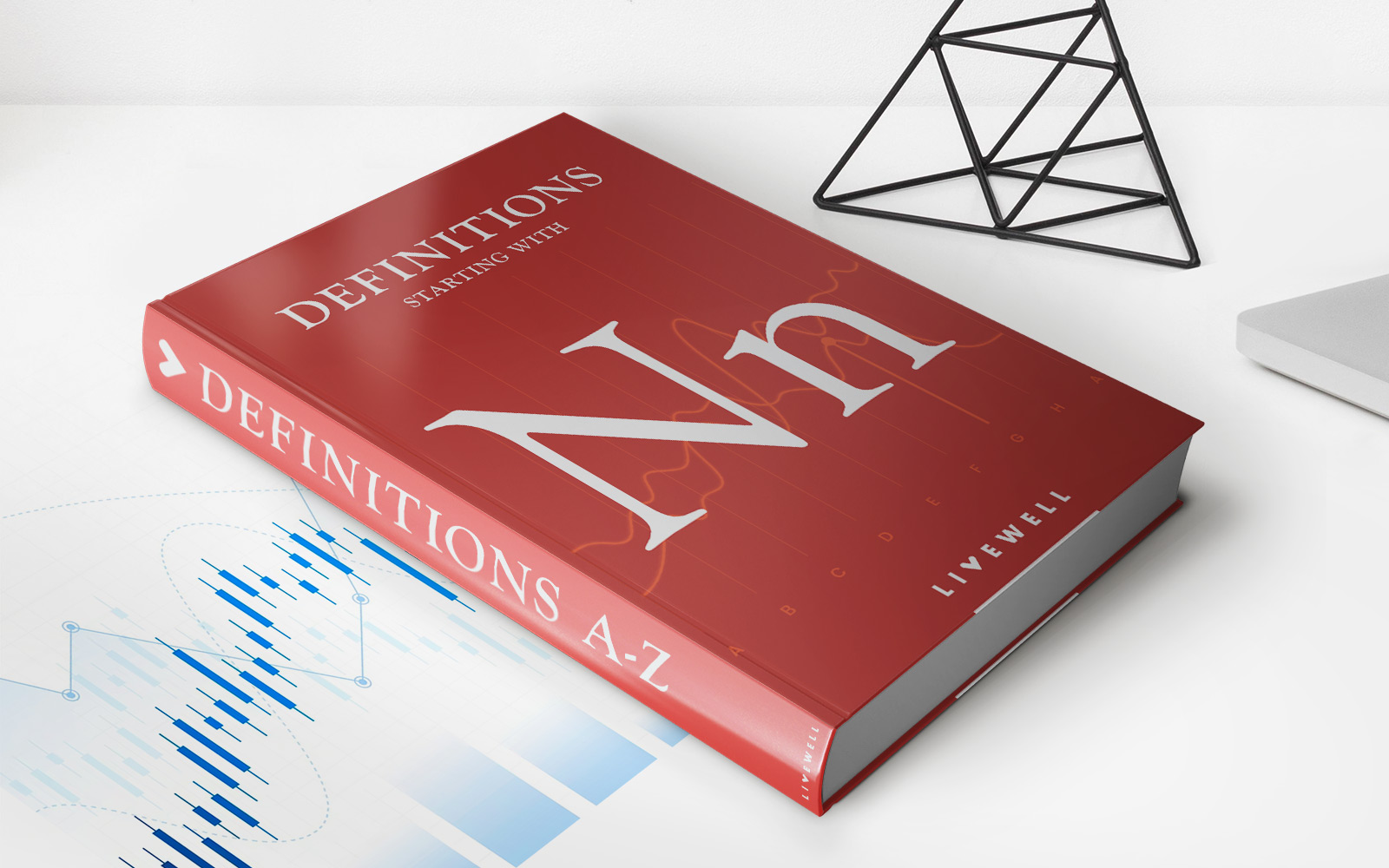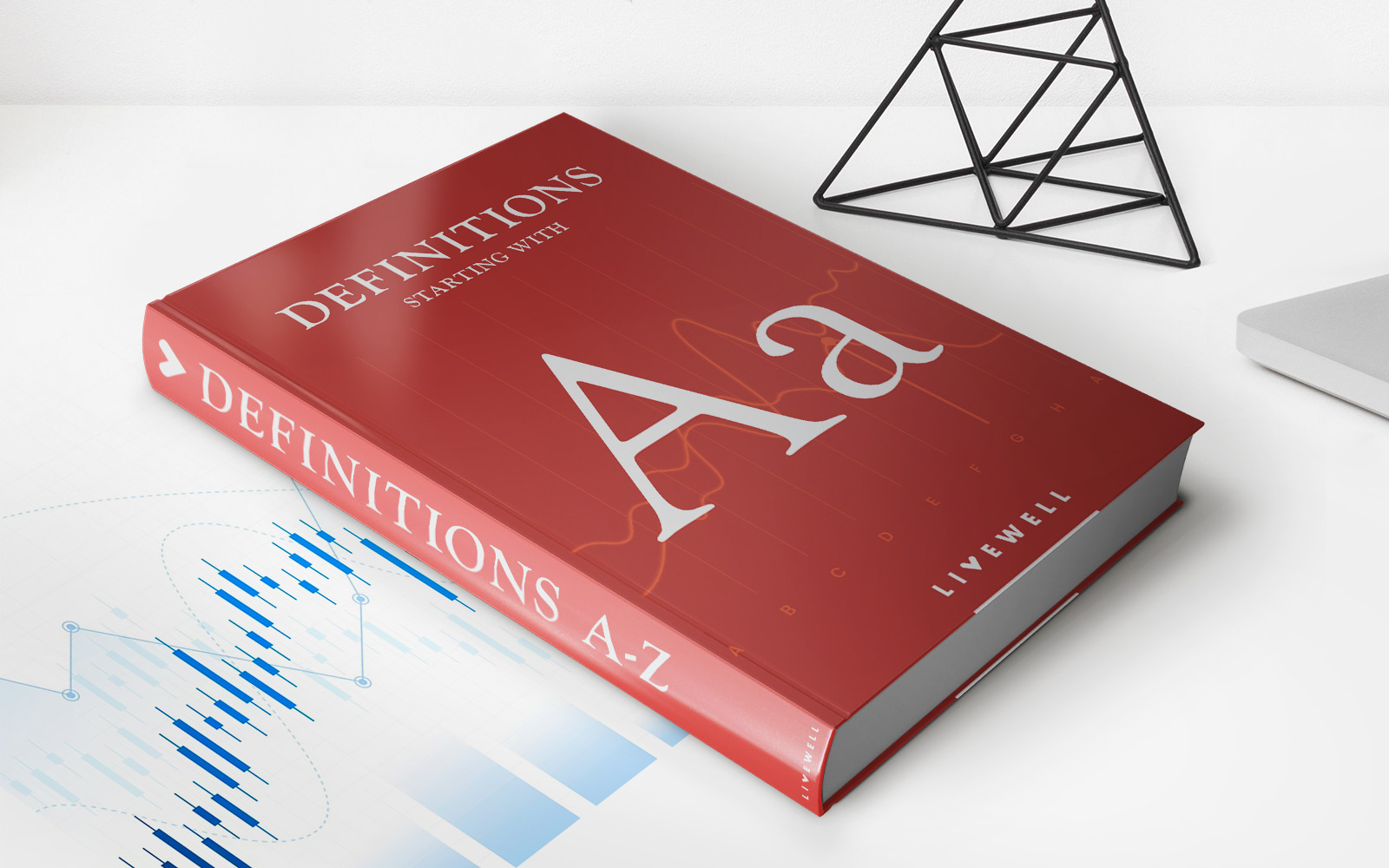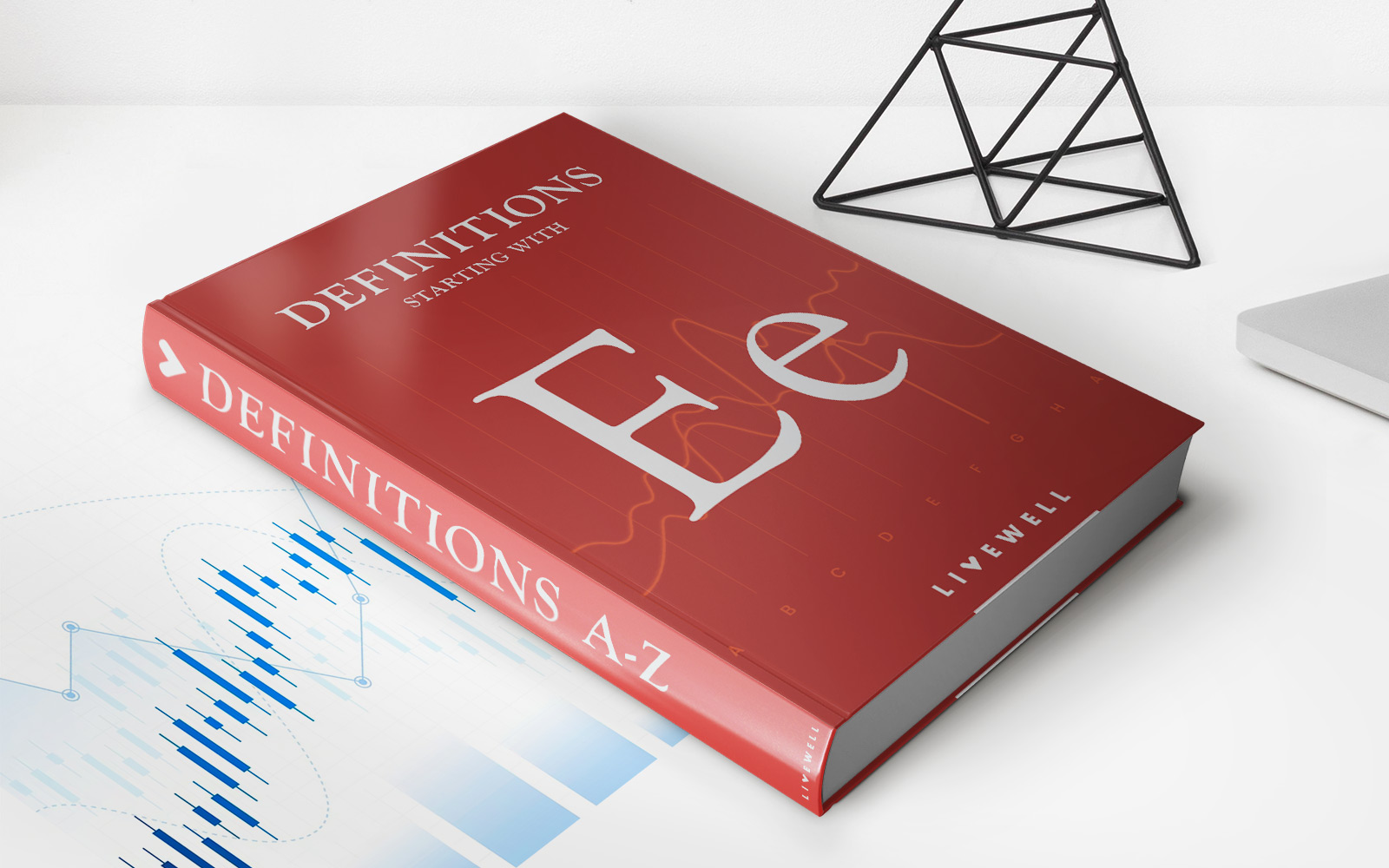

Finance
Monetary Aggregates: Definition And Examples
Published: December 26, 2023
Learn about monetary aggregates in finance, including their definition and examples. Understand how these measures are used to analyze the money supply and economic activity.
(Many of the links in this article redirect to a specific reviewed product. Your purchase of these products through affiliate links helps to generate commission for LiveWell, at no extra cost. Learn more)
Understanding Monetary Aggregates: Definition and Examples
Finance is a broad and complex subject that encompasses various aspects of managing money. One important concept in the realm of finance is monetary aggregates. But what exactly are monetary aggregates, and how do they impact the economy? In this article, we will provide you with a comprehensive introduction to monetary aggregates, their definition, and share some examples to help illustrate their significance.
Key Takeaways:
- Monetary aggregates are measures used to quantify the total amount of money supply within an economy.
- They help policymakers and economists analyze the state of the economy and make informed decisions regarding monetary policy.
What are Monetary Aggregates?
Monetary aggregates, also known as money supply measures, refer to the various ways in which money is classified and measured within an economy. In simple terms, monetary aggregates represent the total amount of money circulating within an economy at any given point in time.
Central banks, such as the Federal Reserve in the United States, use monetary aggregates as an important tool for evaluating the health of the economy and formulating monetary policies. These measures provide insights into the country’s monetary system and how money is being utilized by individuals, businesses, and financial institutions.
Examples of Monetary Aggregates
Let’s take a look at some examples of commonly used monetary aggregates:
- M0: Also known as the monetary base or base money, M0 represents the physical currency in circulation along with the deposits that commercial banks hold with the central bank.
- M1: M1 includes the most basic components of the money supply. It consists of physical currency in circulation, checking account deposits, and traveler’s checks.
- M2: M2 is a broader measure of the money supply and includes M1 along with savings account deposits, money market mutual funds, and time deposits.
- M3: M3 is the broadest measure of the money supply and includes M2 along with large time deposits, institutional money market funds, and other longer-term financial assets.
These examples highlight the progression from narrow to broader measures of money supply, each encompassing a wider range of financial assets and liabilities.
The Significance of Monetary Aggregates
So why do monetary aggregates matter, and why should we pay attention to them? Monetary aggregates provide crucial insights into the state of an economy and its monetary policy. Here are some of the reasons why they are significant:
- Evaluating Money Supply Growth: By analyzing monetary aggregates, policymakers and economists can assess the rate of money supply growth. This information helps in gauging whether the money supply is expanding too rapidly, which might lead to inflation, or growing too slowly, potentially causing deflation.
- Impact on Interest Rates: Monetary aggregates have a direct influence on interest rates. Changes in money supply can impact the demand and supply of loanable funds, leading to adjustments in interest rates. Central banks often use their control over monetary aggregates to influence interest rates and stabilize the economy.
- Assessing Financial Stability: The study of monetary aggregates can provide insights into the overall financial stability of an economy. Rapid growth in certain monetary aggregates may indicate excessive risk-taking or a potential buildup of financial imbalances.
- Forecasting Economic Activity: Changes in monetary aggregates can provide early signals about the direction of economic activity. Sudden increases or decreases in money supply measures can affect spending, investments, and overall economic growth.
By monitoring and analyzing monetary aggregates, policymakers and economists can make informed decisions to maintain stable price levels, promote economic growth, and ensure the overall health of the financial system.
Conclusion
Monetary aggregates serve as vital indicators that help policymakers and economists evaluate the state of the economy, assess monetary policy, and make informed decisions. Understanding these measures, such as M0, M1, M2, and M3, provides valuable insights into money supply growth, interest rates, financial stability, and economic activity. By paying attention to monetary aggregates, we can gain a deeper understanding of how money works within an economy and its impact on various aspects of our financial lives.
